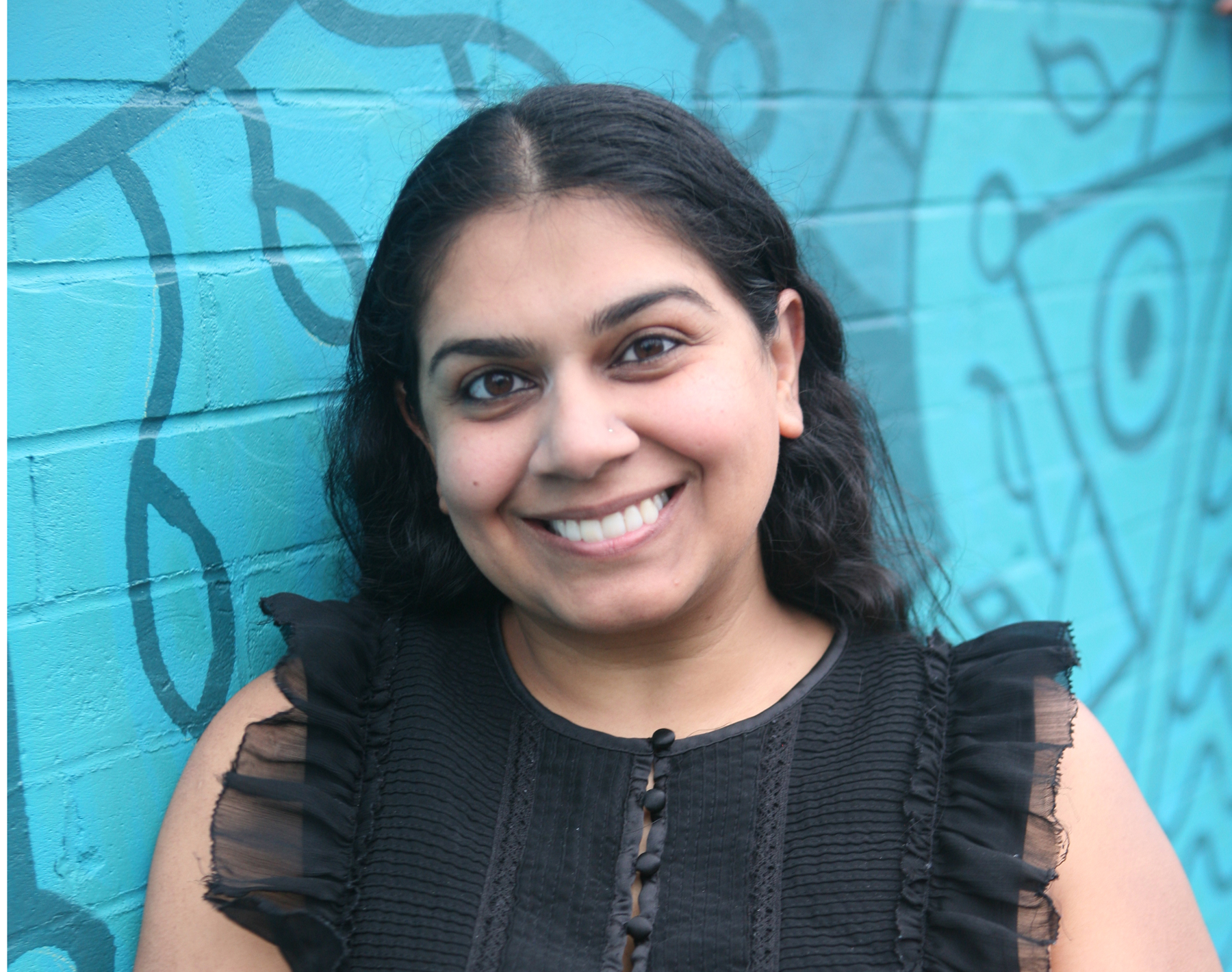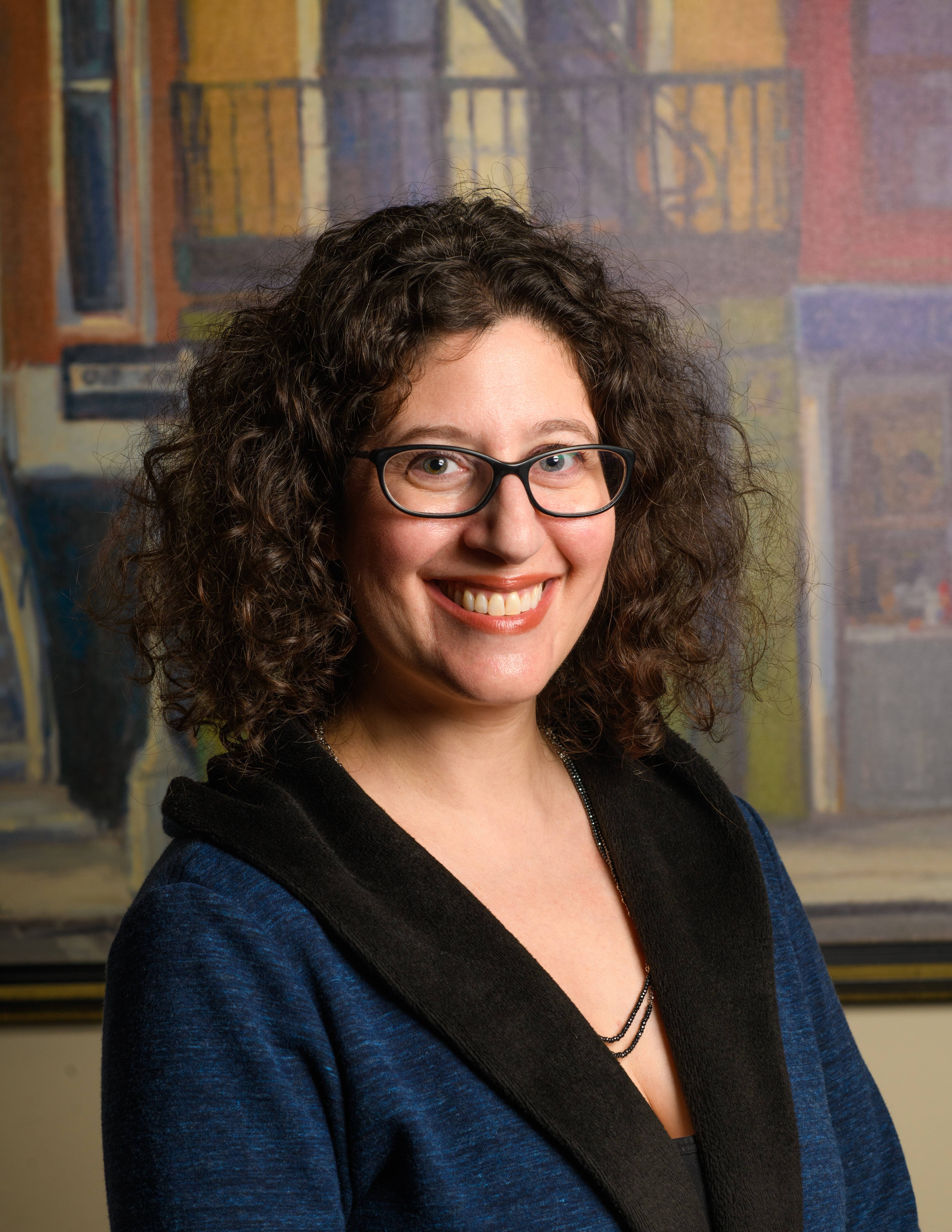About
Helena Keown (huh-LEE-nuh KOW-en) is a neurodivergent writer. She first came to Prosper Health to find a therapist, and is thrilled to write for Prosper and support their mission of building better resources for autistic adults. When she is not writing, she enjoys running, tying herself into elaborate shapes on aerial silks, and sewing garments from vintage patterns.
Experience
Helena has written about a wide range of topics, from the intersection of culture and technological development for NotePage, to queer media for the GLAAD blog. She has also worked as a development editor for the New York University Expository Writing Program's journal, Mercer Street. She currently daylights as a project manager in the public sector, and is a freelance writer and editor.
Education
B.A. in Language and Mind, New York University (2018)
Meet Our Other Writers
Recent Articles by
Helena Keown

How to Get Comfortable Stimming Around Others: A Guide for Autistic Adults
Stimming, or self-stimulatory behavior, is self-regulating behavior common among autistic individuals. Autistic people stim for many reasons, including combatting sensory overload, interrupting anxious thoughts or satisfying sensory-seeking needs.
When thinking of stimming, many people imagine rocking or hand flapping. These are common stims, but stimming can look many different ways. Stims can include behaviors like playing with a fidget toy, pacing, jumping, repeating words or phrases and many, many more.
While many autistic individuals frequently engage in stimming, it isn’t always something that they feel comfortable doing publicly. Often, stigma and mistreatment make us autistic individuals fear judgment or harassment when stimming around others. Stimming comes along with benefits, including helping us manage sensory input, regulate our nervous systems, unmask and live more authentically. However, it can take a lot of work to feel comfortable openly stimming. Read on to learn how to get comfortable stimming around others.

Understanding The Link Between POTS and Autism
Many autistic individuals report experiences with postural orthostatic tachycardia syndrome (POTS), a disorder of the autonomic nervous system. Although there has been some research on comorbid autism and POTS, science is yet to reveal much about the two diagnoses’ relationship. However, we know that they have some overlapping features, and that people with either diagnosis can benefit from support strategies. Read on to learn more about what we know about POTS and autism.

Managing Stress: Strategies for Autistic Adults
Stress is a part of life, but excessive stress can make day-to-day activities difficult and even compromise a person's physical health. Autistic individuals tend to experience higher baseline stress levels, due to factors like stigma, social marginalization and unmet support needs. Many people still understand autism through stereotypes, or don’t understand autistic behaviors at all, leading to bullying and mistreatment. Environmental stressors like disorganized and loud public spaces, harsh fluorescent lights, and inaccessible communication norms also take a toll.
Furthermore, mental health conditions are very common among autistic individuals. Nearly half live with severe anxiety, up to 40% have experienced depression and as many as 45% of autistic adults have PTSD. Additionally, autistic people have higher rates of co-occurring health conditions like sleep disorders, seizure disorders, and GI issues like irritable bowel syndrome (IBS) or inflammatory bowel disease (IBD). All of this can further contribute to stress.
In addition to degrading a person’s long-term mental and physical health, chronic stress can lead to unique challenges for autistic individuals. It can contribute to autistic burnout, the intense state of fatigue that autistic people confront due to many different sources of chronic stress, and an increased volume and intensity of meltdowns, which are involuntary responses to an overloaded nervous system.
For autistic individuals, who often face high levels of chronic stress, stress management strategies and coping skills are essential for long-term well-being. Read on to learn valuable strategies for autistic adults to manage stress.
.webp)













